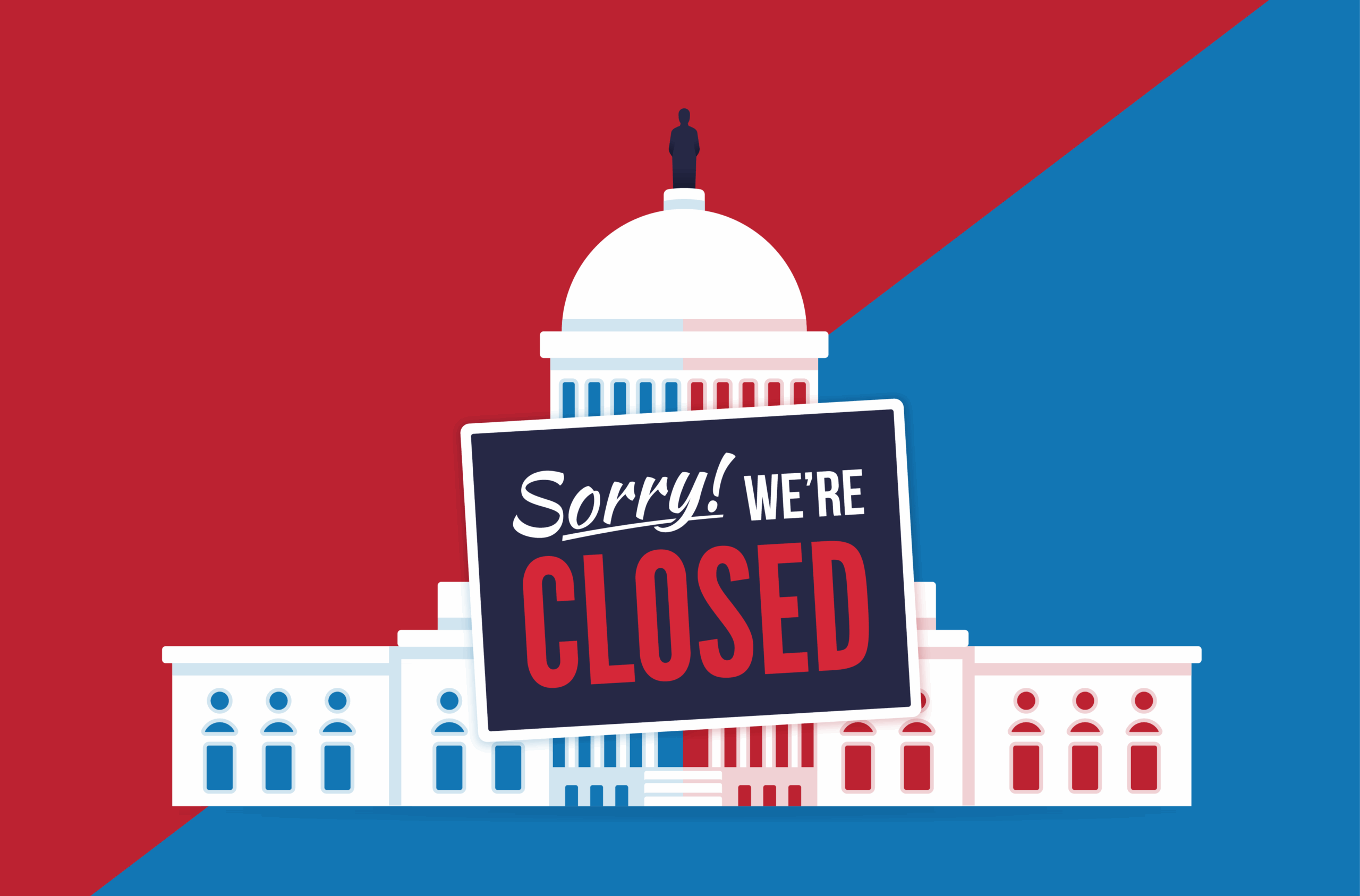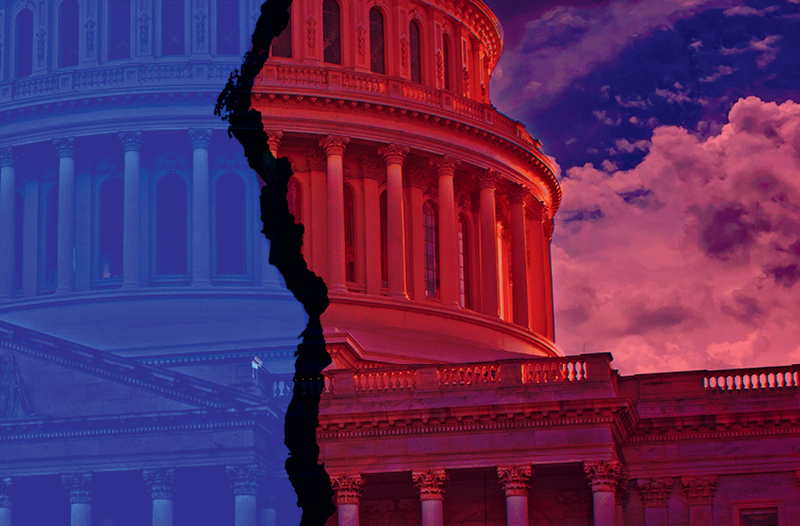
Disappointing the Founding Fathers

Shutting down the federal government sounds like the plot of a political thriller, not something we seem to face multiple times each year.
But the government did shut down on Oct. 1, minus essential services, after Congress failed to approve a yearlong or short-term budget to continue funding operations at the beginning of fiscal year 2026. Going back to the founding of the United States, this is not how it’s supposed to work.
How did we get here? Blame the Constitution, the annual budget process, Senate procedure, and politics, among other factors.
The Constitution requires Congress to appropriate all federal spending, but it doesn’t mandate automatic funding. This means Capitol Hill must actively authorize spending through legislation, which the president must then sign, creating regular decision points where funding can lapse.
The federal government and its agencies operate on annual appropriations that expire at the end of each fiscal year on Sept. 30. Without new spending bills, their legal authority to spend money ends, forcing shutdowns of non-essential services.
The Senate’s filibuster rules require 60 votes to approve spending bills, making bipartisan cooperation necessary. This gives the minority party leverage to extract concessions or block funding during budgeting.
Funding bills often become vehicles for broader policy debates. Political parties and factions use the budget process to push their priorities, whether it’s spending levels, policy riders, or ideological positions on the role of government. Politicians believe they can benefit from being seen as fighting spending they oppose, even if it risks shutdown. Each party tries to frame the other as responsible for the closure while positioning themselves as defending important principles such as fiscal responsibility, border security, or healthcare. Politicians calculate that voters will blame their opponents more than them. Shutdowns also generate enormous media coverage, giving politicians a national platform to articulate their positions and priorities.
Thus, the U.S. system essentially requires ongoing political agreement to keep the government funded, which becomes challenging in polarized times. The previous shutdown occurred during President Donald Trump’s first term, covering nearly five weeks from December 2018 to January 2019. Congress also did not pass a standard full-year spending plan for the just-completed fiscal 2025, instead wrapping up in March with a continuing resolution that mostly kept departmental funding close to their levels from the previous budget year.
Most peer countries avoid government shutdowns by having automatic continuing funding mechanisms or political solutions when budgets are delayed. Germany and South Korea maintain operations by sustaining the previous year’s funding levels (with Germany allowing additional borrowing of up to 25% if needed), while the United Kingdom treats budget failure as a government crisis potentially requiring new elections. Unlike the United States, these countries recognize that legislative impasses shouldn’t halt essential government functions.
The funding challenges we face today would likely frustrate the Founders, who designed a system expecting Congress to responsibly exercise its fiscal duties rather than use government funding as a recurring political weapon. James Madison was clear in Federalist No. 57: “The aim of every political constitution is, or ought to be, first to obtain for rulers men who possess most wisdom to discern, and most virtue to pursue, the common good of the society.” I doubt holding up government for political gain is the type of common good he had in mind.




